All About Watermelon
Watermelon is the quintessential summer fruit, renowned for its refreshing and hydrating qualities. Packed with water and nutrients, it serves as the perfect snack for hot days and a great addition to any outdoor gathering.
You can enjoy watermelon, blend it into a smoothie, or add it to salads, offering versatility and natural sweetness. Beyond its delightful taste, it’s rich in vitamins A and C, which support skin health and the immune system.
Its high water content makes watermelon incredibly hydrating, keeping you cool and refreshed during summer. It’s also a healthy, low-calorie snack, and its fiber and antioxidants contribute to overall well-being.
This post explores the many ways to enjoy watermelon and highlights its nutritional benefits, helping you make the most of this delicious, seasonal fruit.
Where Did They Come From?
Watermelon (Citrullus lanatus) originates from Africa, specifically from the region that includes present-day Botswana, Namibia, and South Africa. Ancient Egyptians cultivated watermelon along the Nile River, using it as a source of hydration during long desert journeys due to its high water content.
Through trade routes, watermelon spread to other parts of the world. By the 13th century, it reached Europe, and European colonists brought it to the Americas in the 16th century. Today, watermelon grows in many countries, with China being the largest producer, followed by India, Turkey, and the United States.
While watermelon is now available globally, its roots trace back to Africa, where it was prized as a refreshing fruit and a vital resource in arid climates.
How Did They Get to North America?
European settlers and African slaves introduced watermelon to the United States. During the 16th century, European colonists brought seeds to the Americas, where the fruit quickly adapted to the climate and soils in the southern U.S., ideal for its growth.
African slaves, familiar with watermelon from their homeland, played a key role in spreading the fruit throughout the South. They cultivated it alongside other crops, helping establish watermelon as a staple in the American diet. By the 19th century, watermelons were widespread in the southern U.S., grown for both personal consumption and commercial production.
Watermelon became an iconic fruit in Southern cuisine, commonly found at picnics, barbecues, and harvest celebrations. Over time, its popularity spread nationwide, and today it symbolizes summer and refreshment.
What Makes Them So Special?
Watermelons are special for many reasons, especially during the summer months. Here’s what sets them apart:
-
High Water Content: With about 92% water, watermelons are incredibly hydrating. They’re the perfect fruit to refresh and replenish fluids, especially on hot days or after exercise.
-
Natural Sweetness: Naturally sweet, watermelons offer a healthier alternative to sugary snacks and desserts. Their sweetness comes from natural sugars like fructose, making them a guilt-free treat.
-
Nutritional Powerhouse: Despite being low in calories, watermelons are rich in essential nutrients like vitamins A and C, important for skin health, immunity, and overall well-being. They also contain antioxidants like lycopene, which is linked to heart health and may reduce the risk of certain cancers.
-
Versatility: Watermelons are incredibly versatile. You can eat them fresh, blend them into smoothies, grill them, or incorporate them into salads and salsas. They pair well with both sweet and savory ingredients, making them adaptable to many culinary uses.
-
Cultural Significance: In many cultures, watermelon symbolizes summer, celebration, and togetherness. It holds deep roots in traditions, especially in Southern U.S. cuisine, where it’s a staple at outdoor gatherings.
Watermelon’s unique combination of hydration, nutrition, and flavor makes it truly special.
What Exactly Does Watermelon Taste Like?
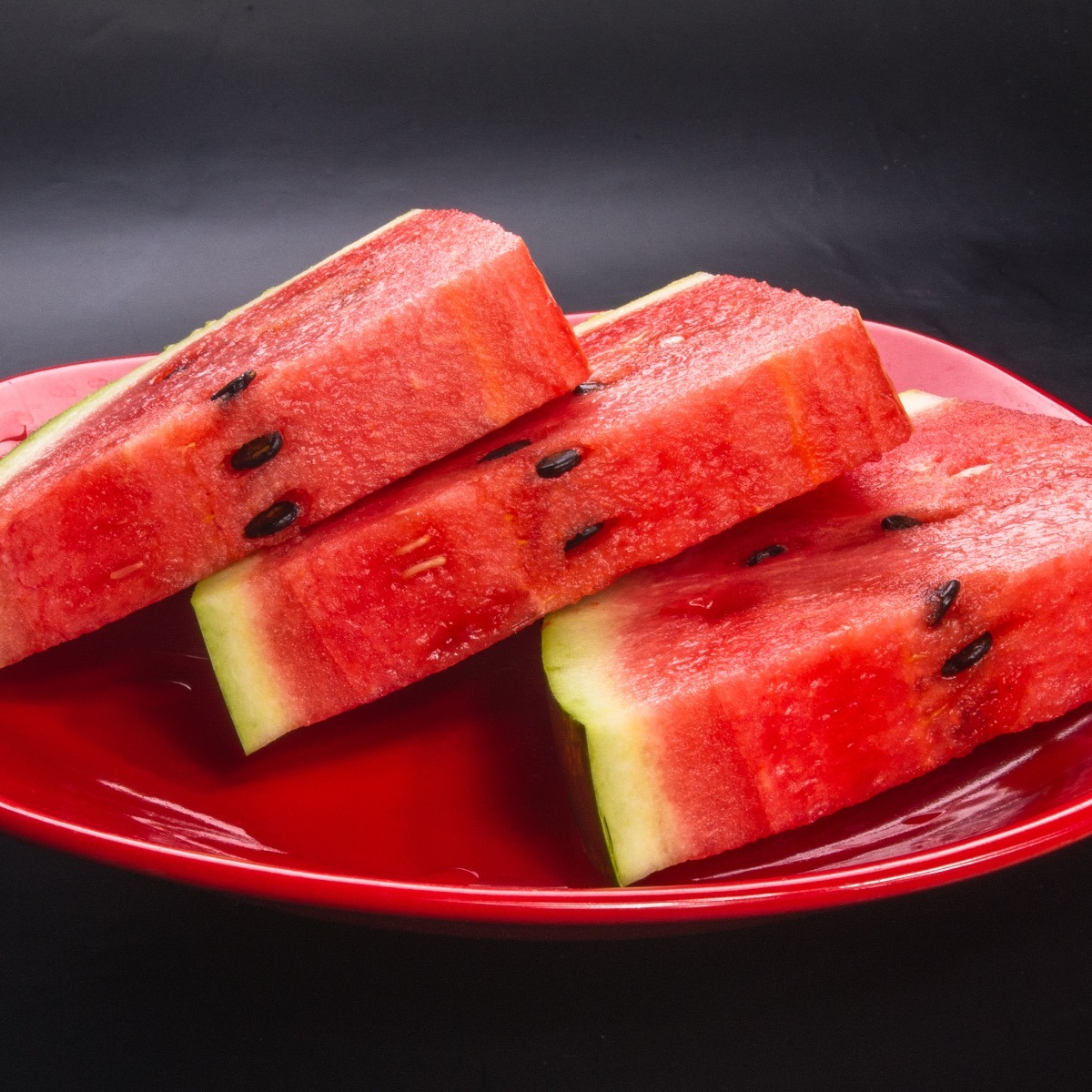
Watermelon is a juicy, sweet fruit with a refreshing flavor. People often describe its taste as mild and slightly sweet, with a hint of citrus. Its high water content gives it a crisp, crunchy texture.
The flavor varies depending on the variety and ripeness. Some watermelons are sweeter and more flavorful, while others may taste less sweet or bland. Watermelons that ripen fully on the vine tend to be sweeter and more flavorful, while those picked before they fully ripen may lack sweetness.
Watermelon is a versatile fruit often eaten fresh. However, it also works well in a variety of sweet and savory dishes. Its mild sweetness pairs nicely with various ingredients, making it a great addition to salads, smoothies, and other dishes.
Nutrition
Watermelon is a nutritious fruit, packed with a variety of nutrients. Its high water content makes it an excellent source of hydration. It also provides important vitamins and minerals, including vitamin C, A, and potassium.
Low in calories, watermelon makes a great choice for those looking to maintain a healthy weight. One cup of watermelon contains the following nutrients:
- Vitamin C: This powerful antioxidant boosts the immune system and protects cells from damage. A single cup of watermelon provides about 21% of the recommended daily intake of vitamin C.
- Vitamin A: Important for vision, immune function, and skin health, watermelon provides about 17% of the recommended daily intake of vitamin A in one cup.
- Potassium: This essential mineral supports heart health and helps regulate blood pressure. One cup of watermelon offers about 10% of the recommended daily intake of potassium.
- Lycopene: This antioxidant has several health benefits, including protecting against heart disease and some types of cancer. One cup of watermelon provides about 18 milligrams of lycopene.
- Water: With its high water content, watermelon is a great source of hydration. A single cup contains about 152 grams of water.
Watermelon is also low in calories, with one cup containing approximately 46 calories. It’s an excellent choice for those maintaining a healthy weight, offering both refreshment and essential nutrients in one tasty option.
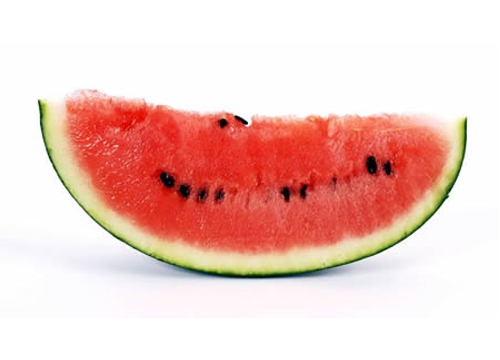
Watermelon comes in many varieties, which can differ in size, shape, color, and flavor. Some common types include seedless watermelons, which have smooth, glossy skin and no seeds; icebox watermelons, which are small and easy to store in the refrigerator; and heirloom watermelons, which have been passed down through generations and may feature unique colors, shapes, and flavors.
The exact number of varieties varies depending on how they are classified. They can be grouped by size, shape, color, and other characteristics, offering a wide range of options.
Here are a few examples of popular watermelon varieties:
- Crimson Sweet: This classic, oblong-shaped watermelon has a dark green rind and red flesh. Known for its sweet, juicy flavor, it’s popular for its taste and texture.
- Yellow Watermelon: This variety features a yellow rind and yellow flesh. It offers a sweet and juicy taste and is often used in salads and other dishes.
- Moon and Stars: With a dark green rind and distinctive yellow spots resembling the moon and stars, this watermelon has red flesh and a sweet, juicy flavor.
- Mini Watermelon: A small, round or oblong watermelon, perfect for snacking or small portions. It has a green rind and red flesh and is sweet and juicy.
- Watermelon Radish: This variety looks like a watermelon on the outside but has white or pale green flesh, similar to a radish. It offers a crisp, crunchy texture and a slightly spicy flavor.
- Seedless Watermelon: As the name suggests, this variety has no seeds or only a few undeveloped seeds. It’s a popular choice for those who prefer not to deal with removing seeds before eating.
These are just a few examples of the many different watermelon varieties available. Many other options exist, and the best one for you will depend on your personal taste and preferences.
Ways to Use Watermelon in Cooking
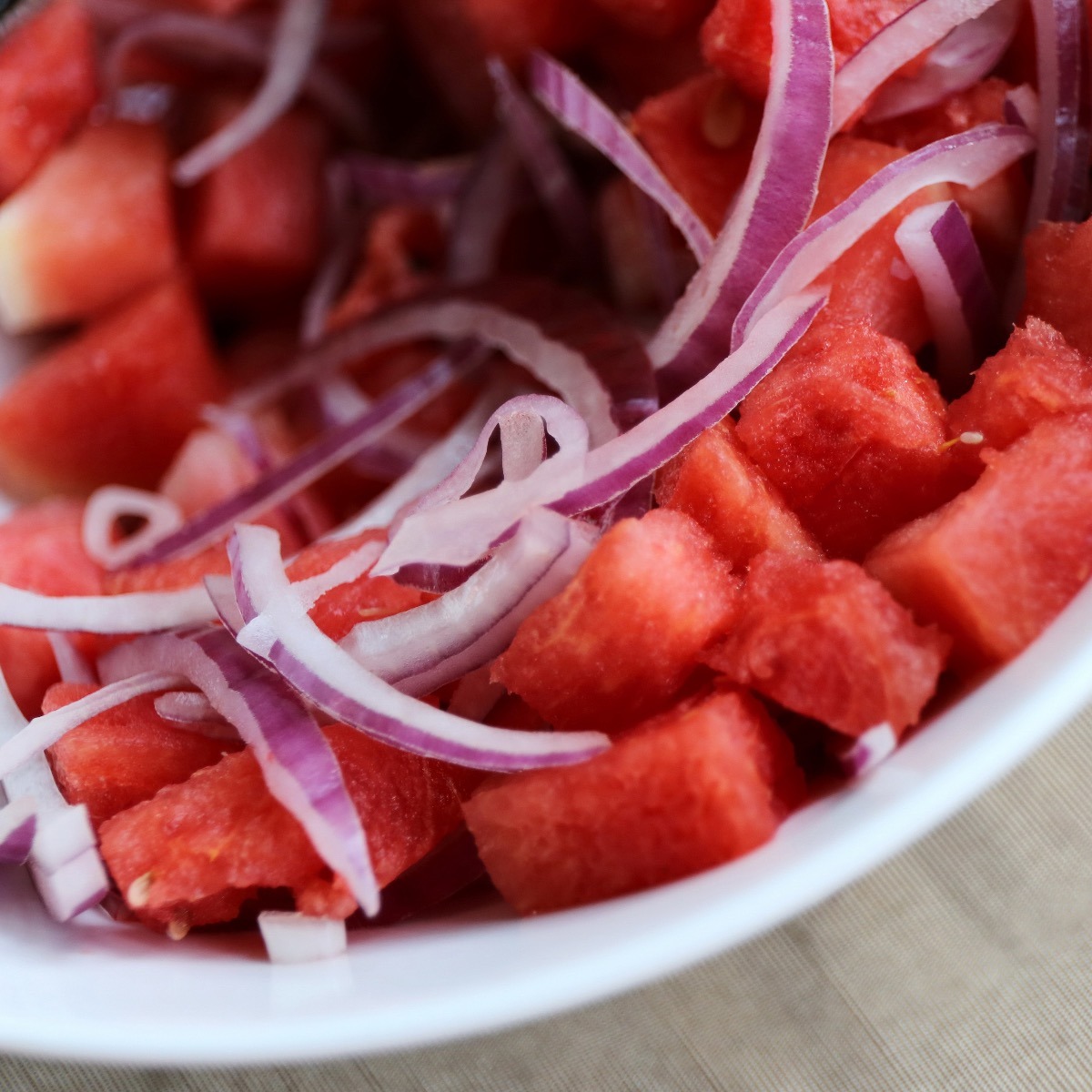
Watermelon is a versatile fruit that shines in both sweet and savory dishes. Here are some popular ways to incorporate watermelon into cooking:
- Fresh watermelon: People often eat it fresh, enjoying its refreshing and tasty flavor. You can slice or cube it to serve on its own, or use it as a topping for salads, sandwiches, and other dishes.
- Smoothies and juices: Adding watermelon to smoothies and juices enhances the flavor with its sweet, fruity taste and refreshing texture.
- Frozen desserts: You can blend watermelon into sorbets and other frozen treats, or freeze slices to create refreshing popsicles.
- Grilled watermelon: Grilling or searing watermelon brings out its natural sweetness and adds a caramelized flavor. It makes a delicious topping for salads and sandwiches, or can be served as a side dish.
- Watermelon cocktails: Blending watermelon into cocktails, like margaritas or daiquiris, gives them a fruity flavor and a refreshing twist.
- Watermelon pickles: Pickling watermelon creates a unique condiment or topping for sandwiches and other dishes.
- Watermelon salsas: Dice watermelon and mix it with ingredients like onions, peppers, and cilantro to create a refreshing salsa.
- Watermelon gazpacho: Combine watermelon with tomato and other ingredients to make a delicious gazpacho.
These are just a few ways to use watermelon in cooking. Its sweet, refreshing flavor and versatility make it a popular ingredient in many dishes.
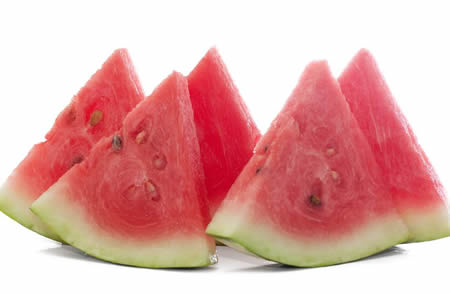
How to Choose a Ripe Watermelon
Selecting a ripe watermelon can be challenging, as it’s not always easy to tell by appearance alone. Here are a few tips for choosing a ripe watermelon:
- Look for a yellow spot: A watermelon develops a yellow spot on the bottom where it rests on the ground while growing. This spot should be yellow or cream-colored. A green spot indicates the watermelon is not yet ripe.
- Check the weight: A ripe watermelon should feel heavy for its size. Pick it up and give it a good heft—it should feel dense and solid.
- Look for smooth, waxy skin: A ripe watermelon has smooth, waxy skin free of bruises, dents, or soft spots. Avoid watermelons with rough, dull, or spongy-feeling skin.
- Knock on it: Hold the watermelon close to your ear and knock on it with your knuckles. A ripe watermelon produces a deep, hollow sound, while an unripe watermelon gives a muted, dull sound.
- Look for symmetry: Symmetrical watermelons tend to be ripe and juicy. Avoid lopsided or uneven ones, as they may not be as sweet or flavorful.
By following these tips, you can easily find a ripe, juicy watermelon that’s perfect for eating.
Storing
Store watermelon in a cool, dry place, away from direct sunlight. Here are a few tips for storing watermelon:
- Keep it whole: If you’re not planning to eat the watermelon right away, store it whole in a cool, dry place. They are sensitive to temperature and can get bruised or damaged in warm or humid environments.
- Cut it into slices: If you’ve cut the watermelon, wrap the cut surface in plastic wrap or place it in a resealable plastic bag. Store it in the refrigerator, where it will stay fresh for up to a week.
- Freeze it: To store watermelon for longer periods, freeze it. Cut the watermelon into small pieces or slices and arrange them on a baking sheet in a single layer. Freeze the pieces for about 2 hours or until fully frozen. Then, transfer the frozen pieces to a storage container or resealable plastic bag. Store it in the freezer for up to 3 months.
Can You Freeze Watermelon?
Yes, you can freeze watermelon, which is a great way to preserve the fruit when it’s in season. Here are a few tips for freezing watermelon:
- Choose ripe, fresh watermelon: For the best flavor and texture after freezing, select ripe watermelon that’s heavy for its size with smooth, waxy skin and no bruises or soft spots.
- Cut it into small pieces: Slice the watermelon into pieces or 1-inch thick slices for easy portioning once frozen.
- Arrange the pieces on a baking sheet: Line a baking sheet with parchment or wax paper and spread the watermelon pieces in a single layer. Make sure the pieces don’t touch or overlap.
- Freeze the watermelon: Place the baking sheet in the freezer and freeze the watermelon for about 2 hours, or until fully frozen.
- Transfer the frozen pieces to a storage container: Once frozen, transfer the watermelon pieces to a storage container or resealable plastic bag. Squeeze out any excess air before sealing.
- Label and date the container: Label the container with the date and type of fruit. Store the watermelon in the freezer for up to 3 months.
Frozen watermelon is great for smoothies, sorbets, and other frozen treats. It’s also a convenient way to enjoy watermelon when it’s out of season. Simply thaw the fruit in the refrigerator or at room temperature before using.
Why Do Some Watermelons Have Seeds and Others Do Not?
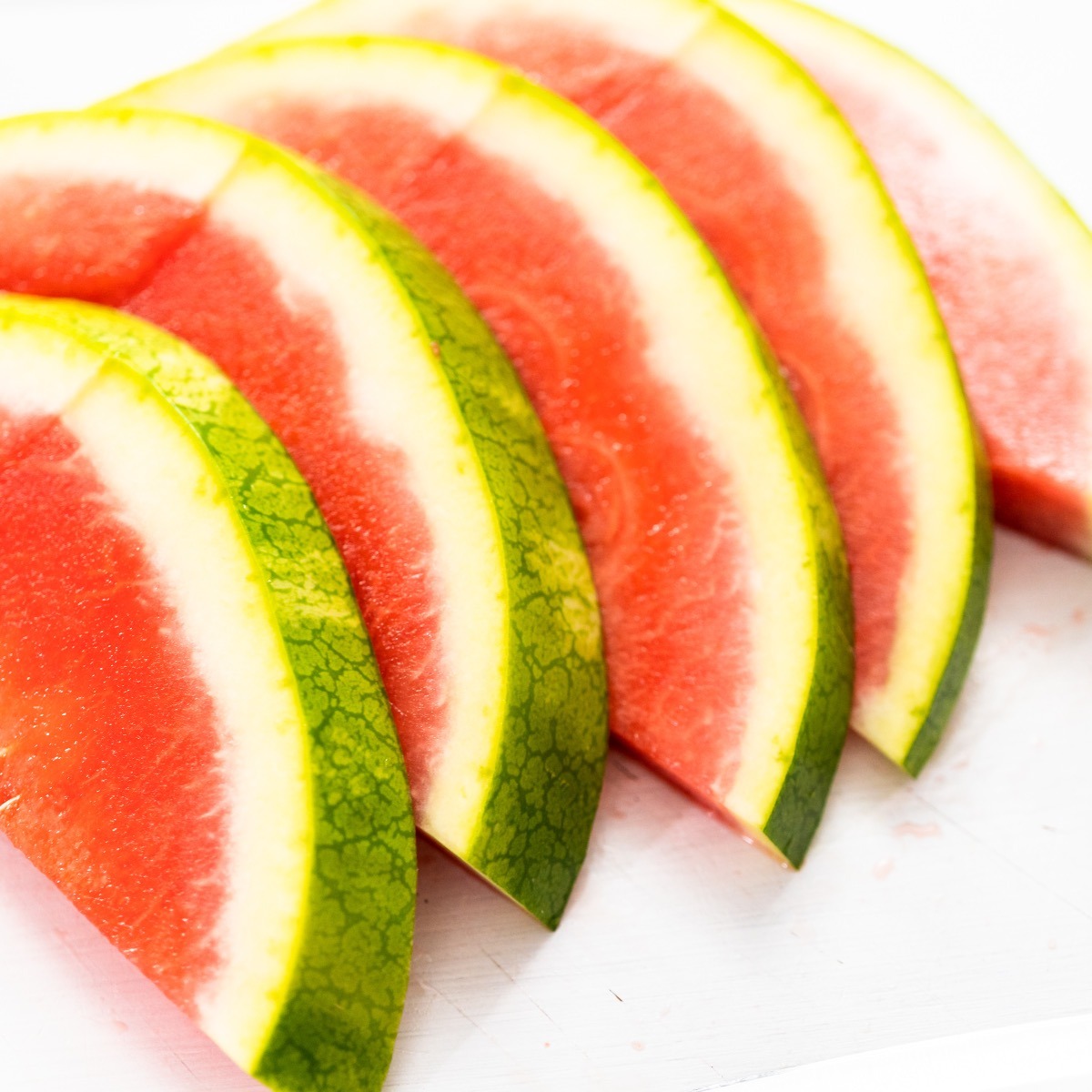
Watermelons can be either seeded or seedless, depending on the variety. Most watermelons contain seeds, which are typically black, white, or brown and found in the flesh.
Seedless watermelons, however, lack seeds or contain very few undeveloped seeds. Growers create these through a process called parthenocarpy, which uses plant hormones or other techniques to stimulate fruit growth without fertilization.
This results in watermelons that either have no seeds or very few underdeveloped ones. Seedless watermelons are popular because they are easier to eat, as they don’t require removing seeds before consumption.
Seeded watermelons, on the other hand, are the traditional varieties cultivated for thousands of years. They are typically larger and often have a more complex flavor than seedless types.
People who prefer the taste and texture of traditional watermelons often choose seeded varieties. Gardeners also favor them because they can save the seeds for planting.
How Dangerous Is Eating a Watermelon Seed?
Eating watermelon seeds is generally safe, as they are not toxic or poisonous. However, consuming large quantities may lead to digestive discomfort, such as bloating, gas, or diarrhea, due to the fiber and other substances in the seeds that some people may find difficult to digest.
Additionally, some individuals may have an allergy to watermelon seeds, experiencing symptoms like itching, swelling, or difficulty breathing. If you are allergic to watermelon seeds or other seeds, avoid eating them and seek medical attention if any allergic reactions occur.
Watermelon Salsa
Ingredients
- 2 cups watermelon diced
- ½ cup red onion diced
- ½ cup red bell pepper diced
- ¼ cup fresh cilantro chopped
- 2 tablespoons jalapeno pepper diced
- 2 tablespoons fresh lime juice
- ¼ teaspoon salt
Instructions
- In a medium bowl, combine the watermelon, red onion, red bell pepper, cilantro, jalapeno pepper, lime juice, and salt. Stir well to combine.
- Cover the bowl and refrigerate the salsa for at least 1 hour to allow the flavors to meld.
- Serve the salsa chilled, with chips or as a topping for grilled chicken or fish.
Notes
Watermelon Cooler Recipe
Ingredients
- 1 ½ lbs seedless watermelon cut into large chunks
- 1 pint spring water
- ½ cup sugar
Instructions
- Simply whiz all the ingredients in a blender and then pour it through a sieve.
Notes
Some of My Favorite Ingredients

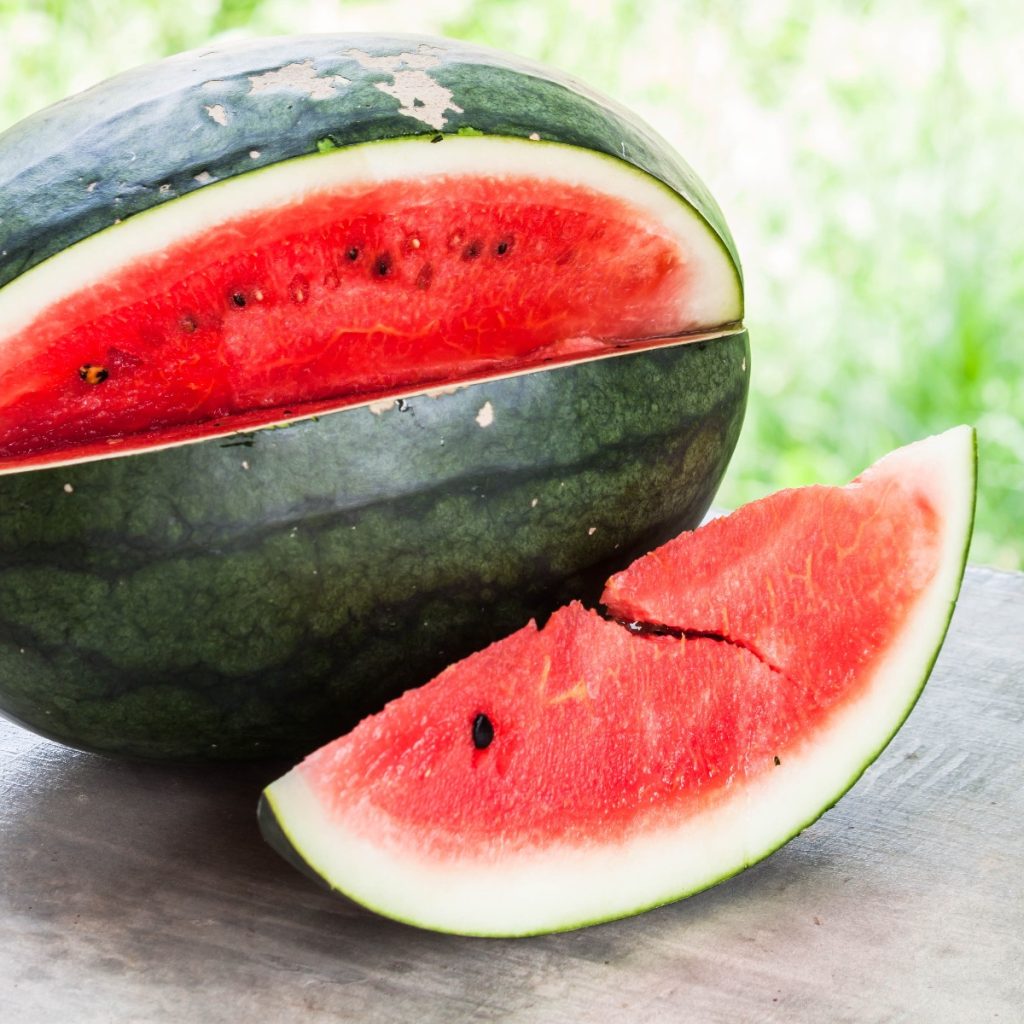
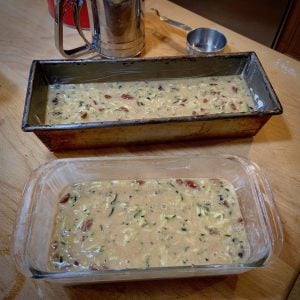


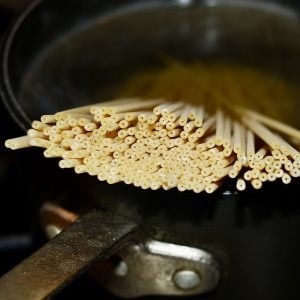
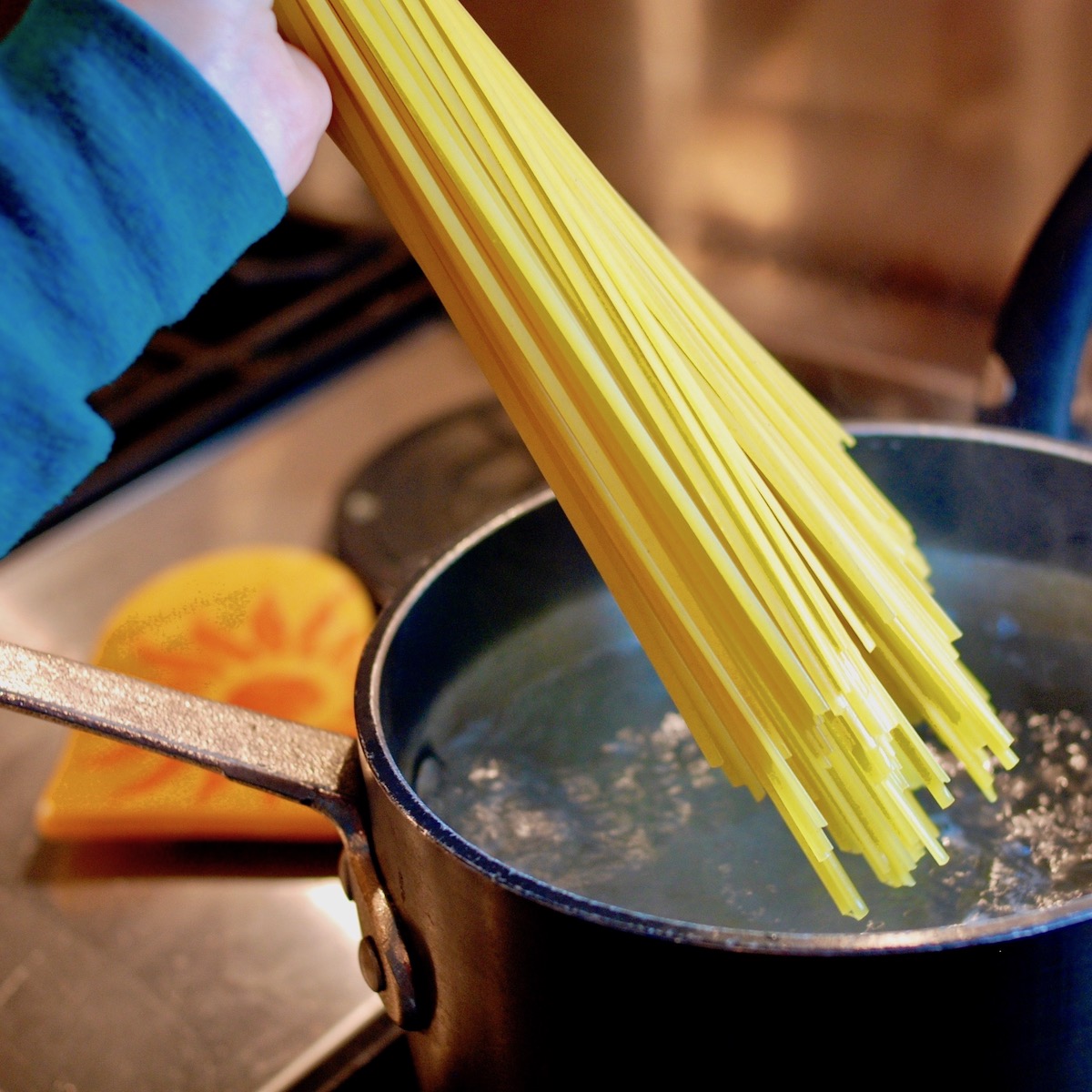
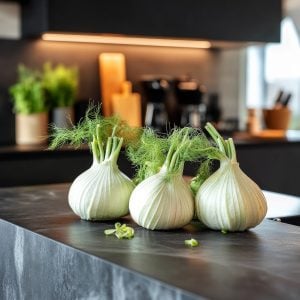

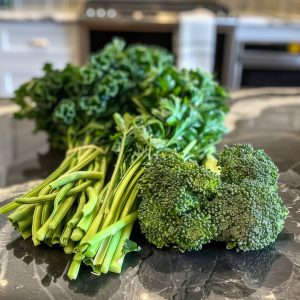

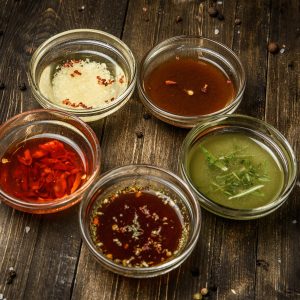
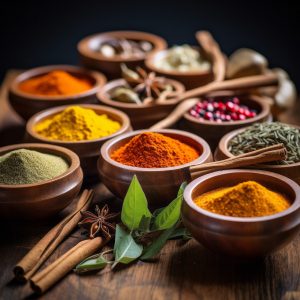


3 Responses
When I was a kid growing up in south Georgia, my mother made watermelon rind preserves. They were delicious. I have looked high and low for the recipe/method of making them. Have you run across this before?
I have not but I’ll keep my eye out for it. – RG
Watermelon a wonder fruit for the cancer phobias! Thanks for the mention.
Lycopene can be found in tomatoes and i specially love tomatoes because of its nice taste. Lycopene can prevent cancer.’.”:*
Kindest regards